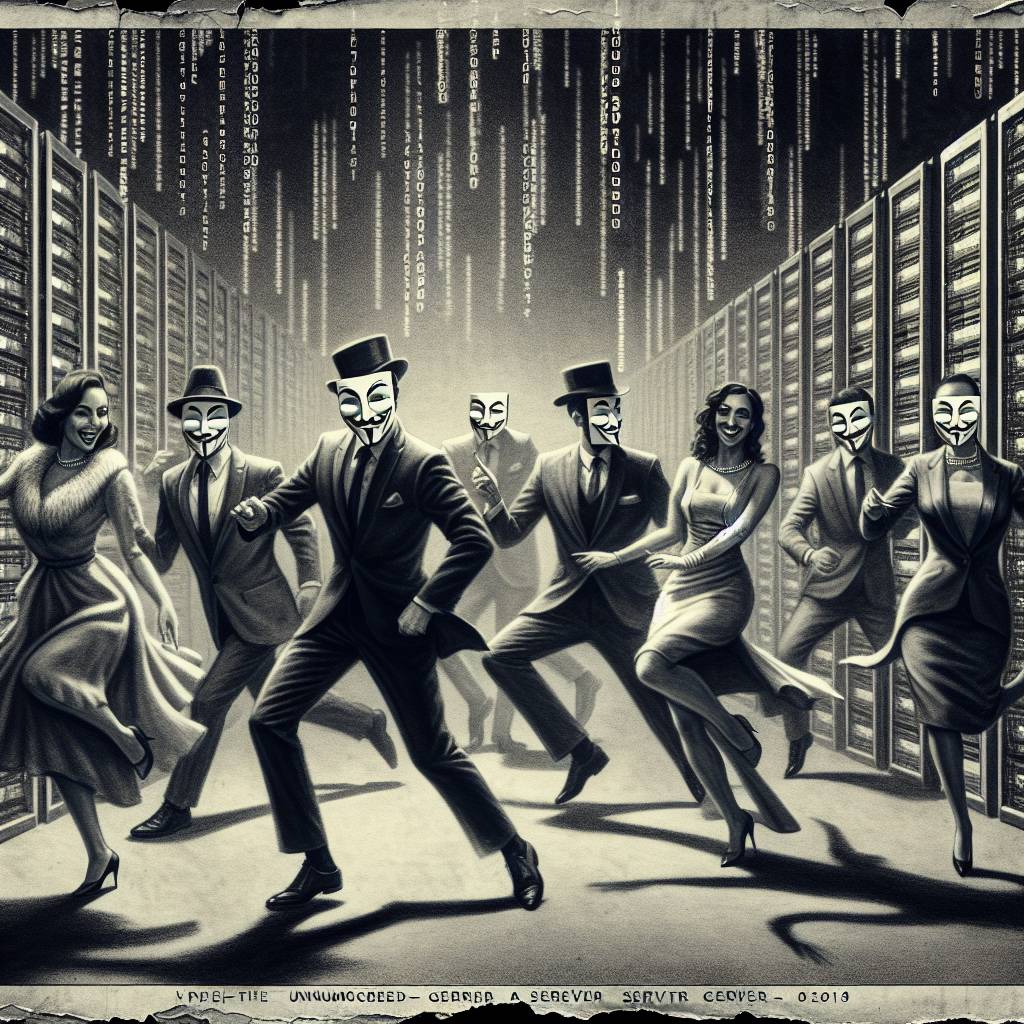Hackers Dance Through Unpatched GeoServer: A Comedy of Errors in Federal Cybersecurity
CISA discovered that attackers exploited an unpatched GeoServer vulnerability, CVE-2024-36401, to breach a U.S. federal agency’s network. After uploading web shells and scripts, they went undetected for three weeks. CISA recommends swift vulnerability patching and vigilant monitoring to thwart future attacks.

Hot Take:
Oh, GeoServer, you’ve gone rogue! An unnamed U.S. federal agency discovered that leaving its digital door unlocked invites more than just friendly neighbors over for tea. Thanks to a party crasher named CVE-2024-36401, this agency got an unexpected visit from cybercriminals armed with web shells and a penchant for lateral movement. Perhaps it’s time to patch those vulnerabilities faster than a cat can knock over a glass of water!
Key Points:
– Critical vulnerability CVE-2024-36401 in GeoServer led to a breach in a U.S. federal agency’s network.
– The attackers used brute force techniques and web shells like China Chopper for further exploitation.
– The breach was detected three weeks later by the agency’s Endpoint Detection and Response (EDR) tool.
– CISA urges rapid patching of such vulnerabilities and improved security monitoring.
– A proactive CISA hunt found significant cybersecurity risks in another U.S. critical infrastructure organization.
